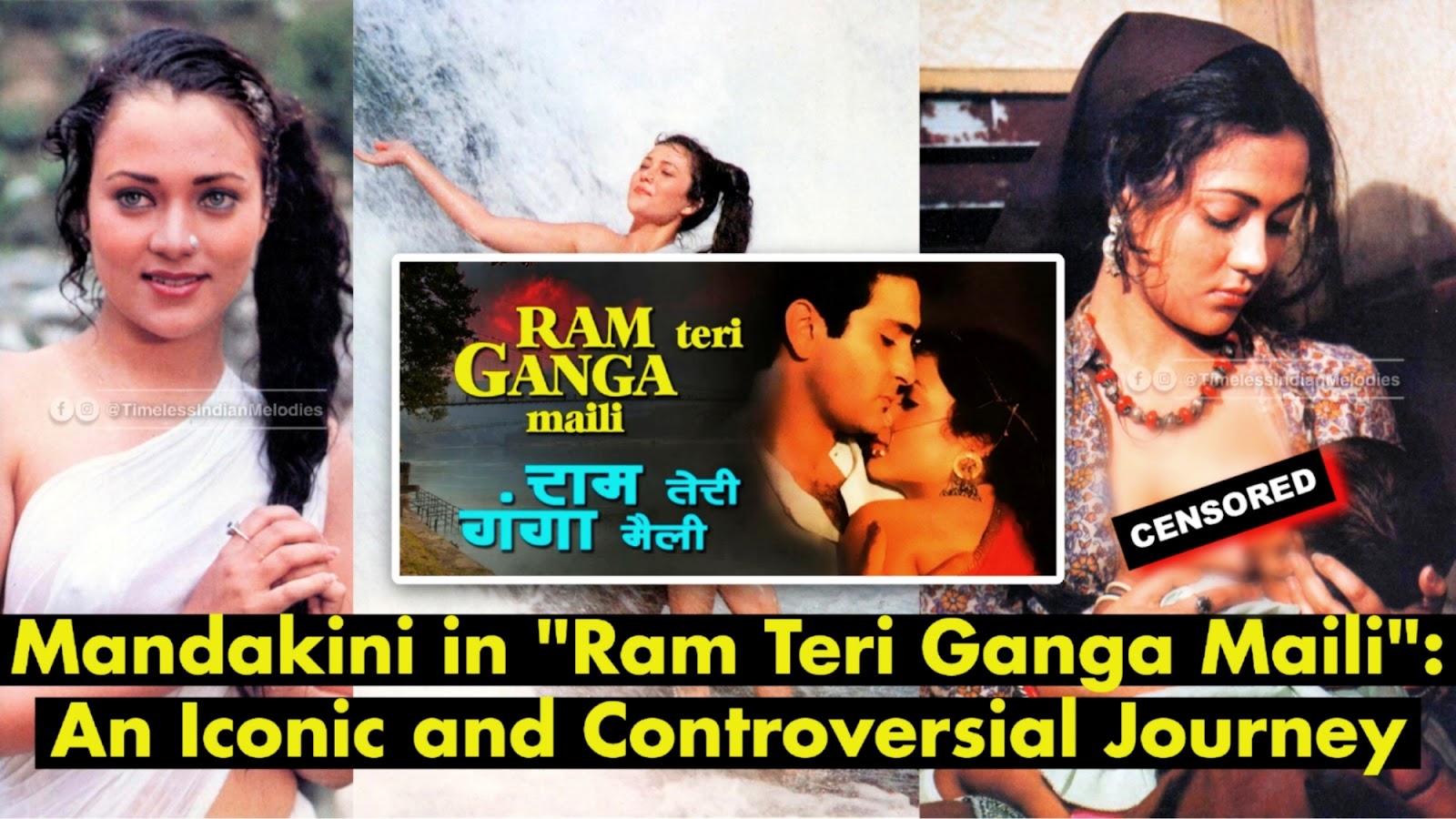Mandakini's Breakthrough Performance: Before "Ram Teri Ganga Maili," Mandakini was a relatively unknown face in Bollywood. However, her portrayal of Ganga, a young woman who falls in love with a city-bred man and faces societal judgments, catapulted her to fame overnight. Mandakini's innocence and natural beauty resonated with the audience, and she became the talk of the town.
Controversial Scenes and Public Reception: One of the defining aspects of "Ram Teri Ganga Maili" was the bold and intimate scenes featuring Mandakini. Her waterfall scene, where she is shown bathing in a transparent white saree, created an uproar in conservative Indian society. While some admired the artistic aesthetics, others accused the film of exploiting Mandakini's beauty for commercial gains. Nonetheless, these scenes became the talk of the nation and added fuel to the film's popularity.
Impact on Indian Cinema: "Ram Teri Ganga Maili" challenged societal norms and explored themes of love, morality, and redemption. The film's success paved the way for more films to address taboo subjects openly. It marked a significant shift in Indian cinema, breaking barriers and encouraging discussions on societal constraints. Mandakini's portrayal of Ganga helped to redefine the role of women in Indian films, showcasing their agency and the power to challenge societal expectations.
Career Trajectory and Legacy: Despite the initial success of "Ram Teri Ganga Maili," Mandakini's career failed to reach the same heights. She faced criticism for her choice of roles and could not replicate the success she achieved with her debut film. However, her performance in "Ram Teri Ganga Maili" remains an integral part of Indian cinema's history. It continues to be remembered as a bold and transformative moment in Bollywood.
Mandakini's portrayal of Ganga in "Ram Teri Ganga Maili" indelibly impacted Indian cinema and sparked discussions on societal norms and women's agency. The film's controversial scenes, although met with criticism, became iconic and challenged the boundaries of Indian cinema. Mandakini's innocence and natural beauty endeared her to the audience, making her a symbol of empowerment for women. While her career may not have flourished post-"Ram Teri Ganga Maili," her contribution to Indian cinema cannot be undermined. The film and Mandakini's portrayal of Ganga will forever be remembered as a milestone in Bollywood's history.
What do you think is the enduring appeal of Mandakini's portrayal of Ganga in "Ram Teri Ganga Maili"? How did it contribute to the cultural dialogue of its time, and does it hold relevance in today's society?

Comments
Post a Comment